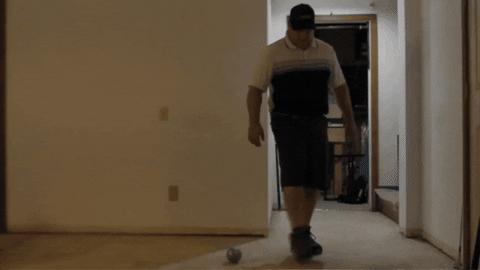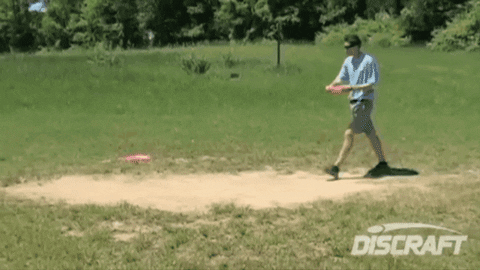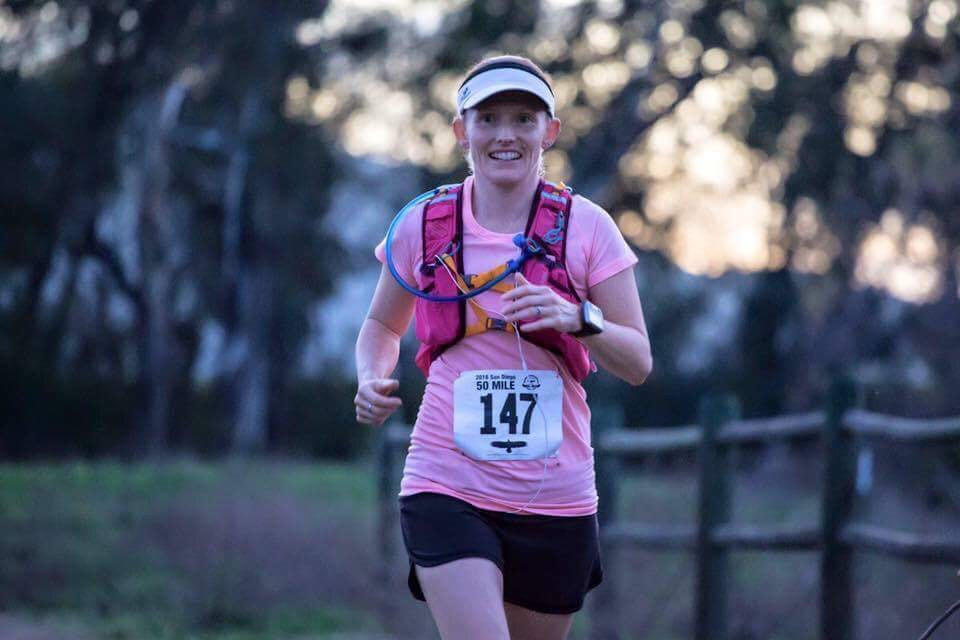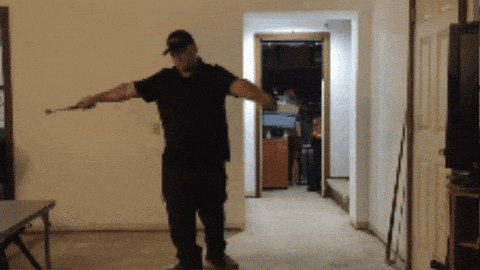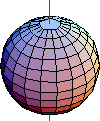I think there is a difference in coaching a specific student/fixing issues, vs general skill building instruction for the masses. Coaching one student might require specific advice or cue that would be terrible for another student, and the same advice or cue for two students with the same issue might yield two completely different results due to the differences in how people learn and/or physical differences between students. I'm not sure there is a OSFA One-Size-Fits-All method that will work for everyone. Lots of other sports have spent a lot more time and money and technology and there is still a lot of debate between those coaches' methods and styles.
I don't know about you, but I found absolutely nothing about the disc golf backhand to be natural or instinctual. If it was natural then I wouldn't bother to have learned as much as I can about it. The only reason I found forehand "naturally" is due to prior acquired motor skill throwing baseballs/footballs/skipping rocks etc. Even the "simple" act of walking is not purely innate or natural or instinctual, like breathing or swallowing. In fact walking is quite complex and complicated to explain how 200 muscles are being used. Some people forget how to walk, some walk inefficiently and could improve. That is not to say that all people will walk identically, because everyone is physically built differently, so their most efficient way to walk will be unique, but the same fundamentals can be applied.
When throwing, if you were to just keep your rear arm relaxed it will fly out and drag behind you when you transition into forward rotation due to inertia. It requires conscious effort to tuck the rear arm into the body while rotating. Imagine telling a figure skater to just let the arm/s relax and do what it does naturally vs telling them to tuck their arm/s into the body, or raise them overhead to spin even faster.
After the skill has been learned into memory, only then can they begin to focus on their performance and not focus on mechanics.
When I came back to throwing after a lower spine injury, I kept hurting it again because my rear arm was too passive and naturally dragging the shoulders behind the hips increasing lower spine torsion/separation. This was the time I started to experiment with the Marc Jarvis style rear hand on thigh which reduced the rotational separation/torsion on the lower spine and my spine finally stopped hurting and I was also throwing further with less effort all the sudden.
I frequently have runners tell me that they have bad running form and I always think to myself, “Well, have you ever seen me run? I look like I’m about to tackle someone because my posture is...
www.runwithgina.com
"To be more efficient runners, we need arm drive to be turned on and this is accomplished by a balance between the muscles in the front and the back of the shoulder joint. As mentioned earlier, the shoulder joint is the most mobile of all joints so there are several muscles that contribute to movement about the joint but the prime movers for flexion (arm driving forward) are the pectoral muscles and the prime movers for extension (arm driving backward) are the latissimus dorsi and posterior deltoid muscles. Get these puppies in balance folks! In addition to decreasing the forward momentum of the body if the arms aren't driving efficiently, it will also allow for more twisting through the torso and pelvis.
In a 2008 study by Pontzer and colleagues, control of arm swing during running was investigated in a passive arm swing model vs an active arm swing model. In the passive arm swing model, subjects were asked to fold their arms across their chest, which in turn also decreased the moment of inertia. It was noted in the passive arm swing model that there was a lot of upper body movement, but it was not from flexion and extension at the shoulder joint as observed in the active arm swing, but from rotation coming from the torso. In an active arm swing model, shoulder musculature drives arm swing, but equally important, the arms act as mass dampers, decreasing rotational movements of the torso. Low back pain anyone?
Not only can the extra rotation of the torso cause low back pain when arms are not flexing and extending during running, observational research has measured larger joint angles at the hip, knee, and ankle when arm swing during running is not efficient (Miller et al., 2009). Not only is this not energy efficient, it puts the distance runner at greater risk of strain injuries."
